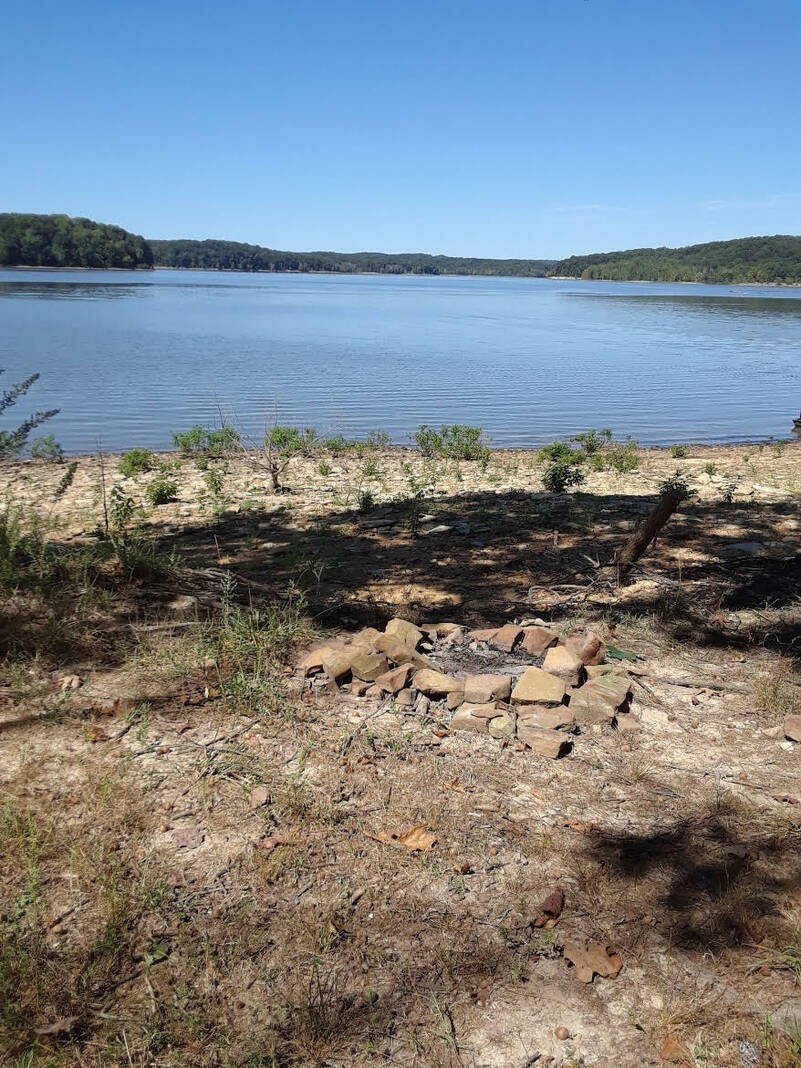
Camping too close to the water can negatively impact water quality, according to the U.S. Forest Service.
The United States Forest Service has identified a need to amend specific standards and guidelines in its 2006 Hoosier National Forest Land and Resource Management Plan to allow for land managers to issue new forest orders to improve camping regulations across the Hoosier National Forest.
The language of the existing standards listed below has proven detrimental to forest staff’s ability to protect resources which are being negatively impacted by high levels of recreation pressures, according to a news release from the service.
A proposal has been developed, following the public scoping period in June, to amend the forest plan by removing the standards that state:
– “Camping is not permitted at or within 300 feet of a designated trailhead, unless located in a campground or otherwise permitted.”
– “Prohibit camping within 100 feet of ponds, lakes, trails, or streams except at designated sites. Camping throughout the rest of the wilderness is not restricted.”
The plan also states: “Camping is permitted anywhere unless restricted by forest order or other regulation,” which will remain as a forest plan standard.
These amendments would permanently change the language in the forest plan to allow for new Forest Orders to be issued to better protect forest resources and improve camping experiences.
Existing forest closure orders and regulations for camping are often confusing to visitors and difficult to enforce. The forest service has continued to experience an increase in recreation use and recreation-related resource damage. Resource damage to vegetation, soils, and trees, combined with an increase in user-created campsites and overcrowding, negatively impact natural and cultural resources and the experience of visitors.
Removal of the two standards as stated above, will allow for new forest orders to implement the proposed regulation changes. A ‘blanket’ camping distance regulation from sensitive resources across Forest Service land would be easier to interpret to visitors and increase resource protection.
Camping regulation changes desired to protect forest resources include:
– Prohibiting camping within 200 feet of trails, trailheads, roads, water sources, rock shelters, caves and historic structures, unless in a designated campsite
– Restricting camping within a half mile of the water’s edge along the shoreline of Monroe Lake within the Charles C. Deam Wilderness unless in a designated campsite
For information and how to comment, visit fs.usda.gov/project/hoosier/?project=64265
